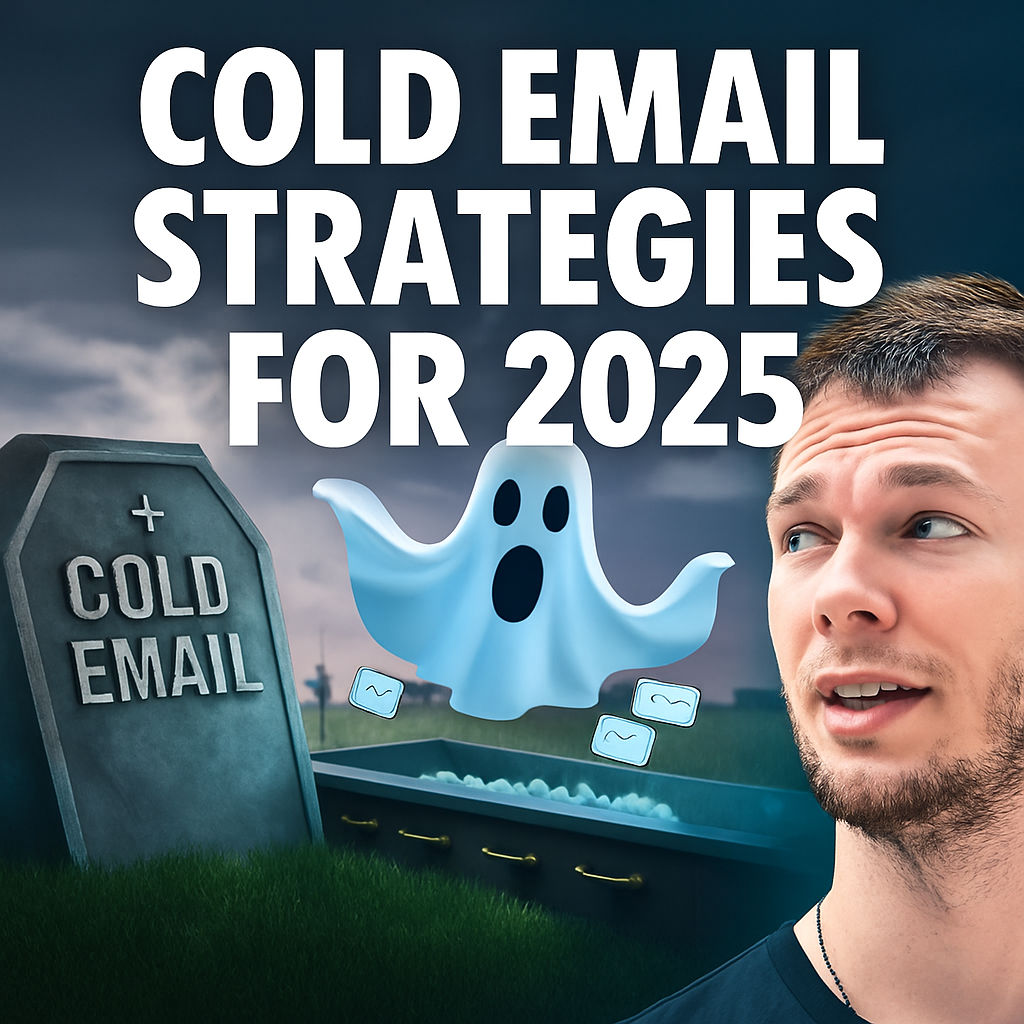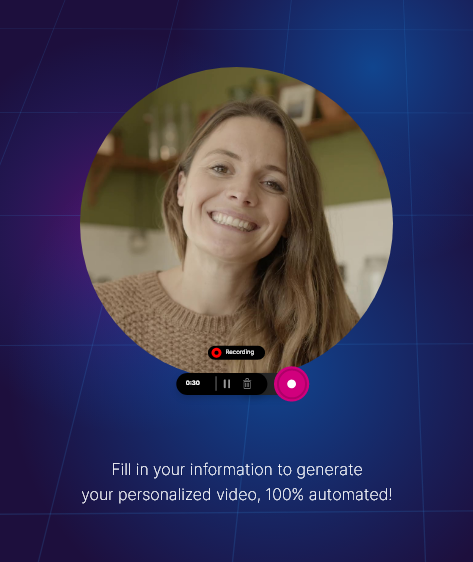Cold calling remains one of the fastest ways to generate new business for agencies and service providers, directly connecting your solution with potential clients in real time. Mastering cold calling scripts is critical for those who want immediate meetings, grow their pipeline quickly, and optimize outreach results even in competitive markets. As a sales professional or agency owner navigating B2B outreach, understanding how to build a winning cold calling script—and the strategies that make it work—is invaluable in 2025 and beyond.
Based on the original video:
The Essential Cold Calling Process Explained
The cold calling process is straightforward in its structure but demands discipline, empathy, and clarity in execution. Whether you’re using a simple phone, dialing through CRMs, or leveraging power dialers, the fundamentals stay the same: connect, qualify, and convert. The true power of cold calling lies in its immediacy—as soon as you dial, you can be speaking with a potential client who needs your solution.
- Immediate feedback and results—book meetings within minutes, not days
- Direct control over outreach pacing
- Unique opportunity for high-value rapport and qualification
Unlike cold emails or digital touchpoints, a live conversation lets you handle objections, clarify pain points, and personalize your pitch on the spot.
Overcoming Gatekeepers: The First Challenge
Most outbound calls initially encounter a gatekeeper—an assistant or receptionist whose job is to filter calls for the business owner or decision maker. Navigating this barrier tactfully is crucial for any cold calling script to work effectively.
If You Know the Decision Maker’s Name
Knowing the name of your target lets you cut through bureaucracy and project authority. Approaches that work include:
- Direct ask: “Hi John, please.” Or “Hi, can I speak to John?”
- Minimal info: State your name, then stay quiet. The less you say, the more the gatekeeper assumes importance.
When you sound assured and direct, you’re less likely to be interrogated or blocked.
If You Don’t Know the Decision Maker’s Name
Without a name, frame your question around a relevant business function:
- “Hi, I’m calling about your digital marketing. Who would I need to speak to about that?”
- “I need to speak with the person running your outreach campaigns.”
Avoid providing too much detail. Gatekeepers can’t make decisions, so don’t pitch them. Be friendly but firm, sticking to your script and limiting the info you give out. If asked, simply state your name, and for probing questions (“What’s it regarding?”), reply with, “It’s a personal business matter—they’ll understand.”
Objection Handling with Gatekeepers
- Who’s calling? “It’s Far.” (Then pause.)
- What’s it regarding? “It’s about their business growth—he’ll know what it’s about.”
- Will they know what this is about? “They should, yes.”
Stay calm, don’t over-explain, and focus only on reaching the decision maker. If your list doesn’t have names, conversion rates will be lower—but with persistence and practice, results still come.
Positioning Yourself: Mindset for Success
Your mindset on the call can be a greater asset than any specific script.
- Frame yourself as a peer and consultant—not as just another salesperson.
- Approach the call as a diagnostic conversation, not an instant pitch.
- Each “no” is feedback, not a personal rejection. Every rejection provides information for improvement.
The real goal of the cold call is not to close the deal immediately, but to initiate meaningful dialogue. You’re qualifying each other; if the fit is right, then booking a meeting makes sense for both parties. This people-first approach is especially important as buyers have become more selective and empowered in the digital age.

Building the Ultimate Cold Calling Script
A successful cold calling script is engineered in four segments:
1. The Opener
Your opener must grab attention in the first 10 seconds, disarm skepticism, and set a conversational tone. A permission-based opener has been shown to dramatically increase engagement:
“Hey Mike, this is Fars. I’ll be upfront—this is a cold call. You can hang up now, or give me 30 seconds and decide if it’s worth the conversation. Sound fair?”
This format is direct, honest, and gives your prospect control. Those who opt-in are more receptive, making the rest of the call smoother and more productive.
2. Qualifying Questions
After the opener, ask strategic questions to uncover pain points, build trust, and encourage engagement. Avoid hard sells at this stage—instead, spark genuine curiosity and dig into issues they’re facing:
- “Are you having trouble with that?”
- “What do you mean by lead quality issues?”
- “How many leads do you typically get, and how many are converting?”
Showing empathy and taking a genuine interest in their situation positions you as a partner, not just another vendor.
3. Value Pitch
Your value proposition should be tailored to the pain points uncovered. Paint a concise before-and-after picture:
“I help businesses like yours book 20–30 extra high-quality appointments per month using a hybrid of ads and automated follow-up. Is that something you’re looking to achieve?”
Directly relating the solution to their needs increases relevance and response rates.
4. The Close
Don’t leave the next step vague—ask for the meeting on the spot! Handle light objections, but ultimately guide toward a specific time or action:
- “Would you be open to a quick 20-minute call this week?”
- “Does tomorrow afternoon work, or is later in the week better?”
- “What’s the best email to send you a calendar invite?”
Take the lead—don’t just send a booking link and wait for them to act. Proactively guide the process while making it as easy as possible.
Direct vs. Problem-Based Conversation Styles
There are two high-performing approaches to structuring your cold calling conversations:
Value-Based Framing
With confidence and clarity, share the results you deliver, then directly inquire about their interest:
- “We help [niche] book extra qualified appointments monthly. Are you open to improving appointment-setting?”
If there’s some interest—or even a mild objection—follow with questions to deepen the conversation (“What part of your current system would you like to improve?”), gradually uncovering the biggest pain points.
Problem-Based Framing
Start by referencing common challenges you know their business type faces:
- “A lot of business owners in your industry mention three common issues: inconsistent leads, high ad spend, and over-reliance on word of mouth. Is this something you’re dealing with too?”
This approach surfaces their problems quickly, letting you relate your offer directly to their stated pains.

Mastering Objection Handling in Cold Calls
Objections are a natural and expected part of cold calling. Preparation, patience, and curiosity are your best tools here. The most successful professionals don’t attempt to bulldoze past objections—they reframe, acknowledge, and turn them into opportunities for deeper discussion.
Common Objections and Smart Responses
- “I’m not interested.”
“Totally fair. Just out of curiosity, what’s been working well for you lately in terms of growth?” - “We already have someone.”
“Are you seeing the results you want or do you still see room for improvement?” - “Send me something.”
“Happy to! To make sure it’s relevant, if this helps with your biggest pain, would you be open to discussing it?” - “How much does it cost?”
“Great question! It depends on your setup—let’s discuss on a quick call so I can show you exactly how we’d approach it.” - “Now isn’t a good time.”
“No worries. Before I let you go, should I follow up next week or the week after?”
Following frameworks from top experts and leveraging proven objection handling techniques allows you to pivot, gather more data, and keep control of the conversation. Remember: the person asking questions is usually in control of the call.
Cold Calling Script: Key Example in Practice
Putting theory into action, let’s walk through a sample cold calling script incorporating the strategies above:
- Opener: “Hi Mike, this is Far. I’ll be upfront—this is a cold call. You can hang up, or give me 30 seconds to see if it’s worth your time. Sound fair?”
- Qualify: “Thanks. I help businesses like yours generate 20–30 more high-quality appointments a month with a blend of targeted ads and automated follow-up. Are you looking for more appointment-setting support, or do you already have that locked in?”
- Dive deeper based on response: “What’s working well, and what would you most want to improve?”
- Pitch: “We just helped a client double their booked appointments from 7 to 15 per week. I’d be happy to show you what’s working. Would a short call this week be helpful?”
- Book it: “Do you have your calendar nearby? Would tomorrow at 2:30 work, or is later in the week better?”
Through this people-first approach, conversations feel natural and tailored, never robotic or pushy. Maintaining a consultative style instills trust—especially with decision makers tired of generic pitches.
Refining Your Approach: Top Tips for Better Results
Continuous improvement separates okay cold callers from outstanding ones. Here are best practices to boost success—rooted in real-world agency experience:
- Choose a tone that’s high-energy, curious, and consultative
- Invest in researching your lead lists and adding decision-maker names
- Practice your opener until you can deliver it with absolute confidence
- Test both value-based and problem-based conversation styles
- Track every objection and your response—analyze patterns to improve scripts
- Block out time for live practice and internal role-plays
With enough volume and persistence, even cold call newcomers can see measurable results in days, not weeks. Quick conversations, deep listening, and targeted questions drive meetings and ultimately, business growth.

Streamline Meeting Scheduling After Your Cold Call
Once you’ve booked a meeting, efficient follow-through ensures strong show-up rates and professionalism. Learn best practices for sharing booking links and managing meetings to enhance conversion and reduce no-shows. This step-by-step resource covers streamlined scheduling and client communication that aligns perfectly with your cold calling outreach.
Summary: Key Cold Calling Script Takeaways
- Use gatekeeper strategies—names matter, and brevity is key
- Your opener must capture attention and earn real engagement fast
- Qualifying questions and listening uncover actionable pain points
- Tailor your pitch directly to each prospect, not a one-size-fits-all approach
- Practice objection handling to stay confident and in control
- Proactively book meetings—don’t just send a link
- Refine your approach continually based on call outcomes and feedback
FAQ: Cold Calling Script Strategies & Answers
What’s the most important part of a cold calling script?
The opener is critical—it sets the tone and determines whether you earn their attention for the rest of the call. A permission-based, honest opener is proven to increase engagement.
Should I use the same script for every prospect?
Scripts should be frameworks, not rigid texts—adapt your language to the industry and pain points uncovered during the call. Personalization drives better outcomes than generic pitches.
How do I handle “not interested” responses?
Don’t argue. Empathize and pivot by asking a curiosity-driven question, such as “What’s working well for you right now?” This can uncover hidden pain points or future opportunities.
Is it better to book the meeting myself or send a booking link?
Booking the meeting yourself on the call increases the likelihood of follow-through and sets a professional tone, especially for initial appointments.
How can I keep improving my cold calling success rate?
Practice regularly, track objections and outcomes, test different approaches, and keep refining your script based on real conversations and feedback.









